Which of the following describes a genetic mutation that results in uncontrolled division of a single cell within the body?
Cancer
Gene therapy
Stem cell
Translation
Correct Answer : A
A genetic mutation that results in uncontrolled division of a single cell within the body describes cancer ¹. Cancer is a disease of uncontrolled cell division ¹. Its development and progression are usually linked to a series of changes in the activity of cell cycle regulators ¹. In most cases, these changes in activity are due to mutations in the genes that encode cell cycle regulator proteins ¹.
The other options are not correct because they do not accurately describe a genetic mutation that results in uncontrolled division of a single cell within the body. Gene therapy, stem cells, and translation are not processes that result in uncontrolled cell division.
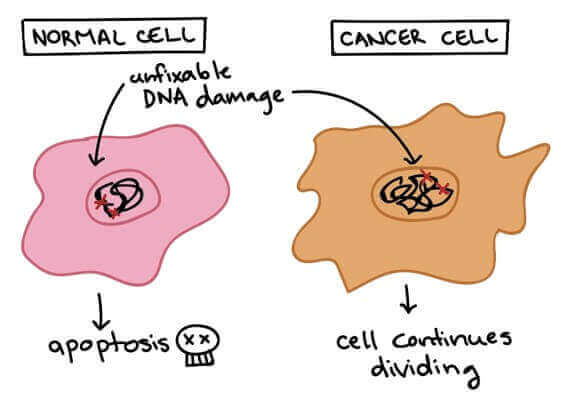
TEAS 7 Exam Quiz Bank
HESI A2 Exam Quiz Bank
Find More Questions 📚
Teas 7 Questions: We got the latest updated TEAS 7 questions
100% Money Refund: 100% money back guarantee if you take our full
assessment pass with 80% and fail the actual exam.
Live Tutoring: Fully customized live tutoring lessons.
Guaranteed A Grade: All students who use our services pass with 90%
guarantee.
Related Questions
Correct Answer is A
Explanation
The function of a totipotent cell is to develop into any kind of cell ¹. Totipotent cells have the capacity to produce all adult cell types and can enter the germ line, contributing genetic material to succeeding generations ?. They have the ability to self-replicate, producing daughter cells that are identical to the parent ?.
The other options are incorrect because they do not accurately describe the function of a totipotent cell. Fighting infectious diseases, aiding in the maturation of sex cells, and carrying electrical impulses are not functions performed by totipotent cells.
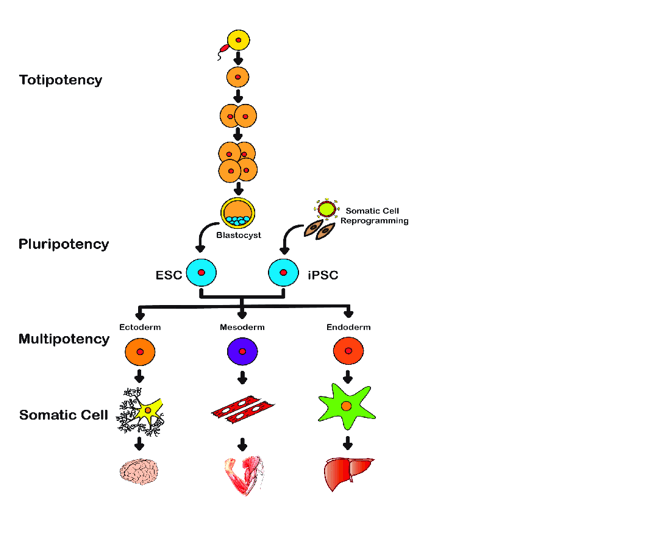
Correct Answer is C
Explanation
The best reason for the prolonged preservation of the body is that it was frozen in the cold temperature of the Alps shortly after death and remained frozen until it was found. Freezing can preserve a body by slowing down or stopping the decomposition process.
The other options are not as likely to have caused prolonged preservation.
Ultraviolet rays can damage molecules rather than preserve them. Toxins in food would not necessarily kill all bacteria that could cause decomposition. Blood loss from an arrow wound would not necessarily clear all enzymes that could break down tissue.
Correct Answer is C
Explanation
Ovulation is the process in which an ovarian follicle matures and releases a reproductive egg. During ovulation, the egg is released from the ovary and travels down the fallopian tube where it may be fertilized by sperm.
The other options are not processes in which an ovarian follicle matures and releases a reproductive egg. Oogenesis is the process of egg cell formation, menstruation is the shedding of the uterine lining, and fertilization is the fusion of an egg and sperm to form a zygote.
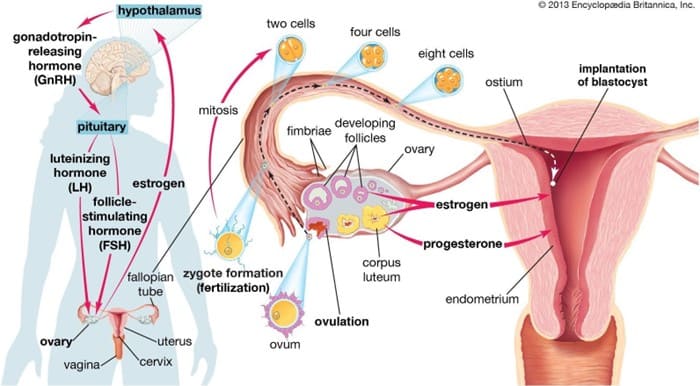
Correct Answer is C
Explanation
The statement "Experiments cannot validate hypotheses, only falsify them" can be restated as "A hypothesis that has not been falsified remains provisional." This means that a hypothesis is considered valid until it is disproved by experimental evidence. However, even if a hypothesis has not been falsified, it is still considered provisional and subject to further testing and scrutiny.
a."Until disproved, an explanation for an observation is valid" is similar to the correct answer but does not capture the provisional nature of a hypothesis.
b."Certain concepts cannot be subjected to direct experimentation" is not a restatement of the original statement.
d. "Proving a hypothesis exempts it from further testing" is incorrect because no hypothesis can be definitively proven and all hypotheses are subject to further testing and scrutiny.
Correct Answer is D
Explanation
Air resistance could be greater for A than for B.
Since both objects have the same mass but different times of fall, it suggests that there could be differences in air resistance affecting their fall rates. Object A took longer to fall, indicating that it might have experienced more air resistance compared to Object B.
Correct Answer is D
Explanation
The correct answer is d. Carbonic acid. When blood pH rises, carbonic acid can donate H+ ions to act as a buffer and help maintain the pH within a normal range. Carbonic acid is formed when carbon dioxide dissolves in water and reacts with it.
A. Oxygen is not responsible for donating H+ ions to act as a buffer when blood pH rises.
B. Carbon monoxide is a toxic gas that does not play a role in buffering blood pH.
C. Carbon dioxide can dissolve in water to form carbonic acid, which can then donate H+ ions to act as a buffer.
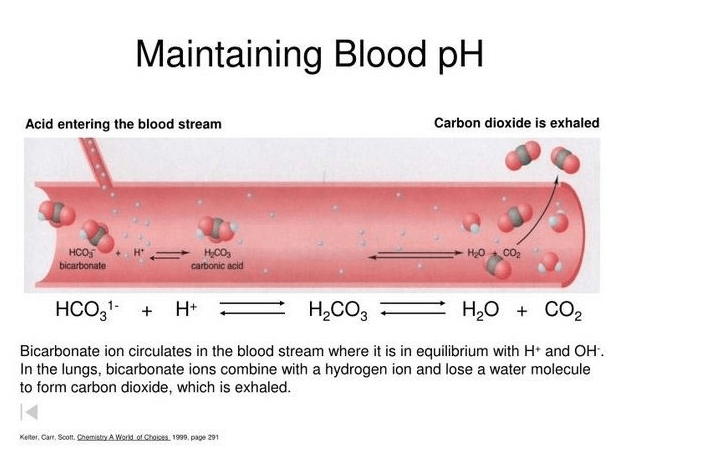
Correct Answer is A
Explanation
A chloride ion has a negative charge because it gained an electron. When an atom gains an electron, it becomes negatively charged because it now has more electrons than protons. In the case of a chloride ion, the neutral chlorine atom gains an electron to become a negatively charged chloride ion.
The other options are incorrect because they do not result in a negative charge. Losing an electron would result in a positive charge. Losing or gaining a proton would change the identity of the atom and is not related to the formation of a chloride ion.
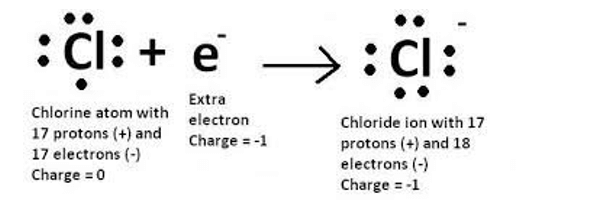
Correct Answer is C
Explanation
The organ that filters excess solutes from the blood is the kidney ¹. The kidneys are a pair of bean-shaped organs located on either side of the spine, just below the rib cage ². They are responsible for filtering waste products and excess fluid from the blood and excreting them in the form of urine ².
The other options are not correct because they do not accurately describe the organ that filters excess solutes from the blood. The stomach, spleen, and gallbladder do not filter excess solutes from the blood.

Correct Answer is C
Explanation
The correct answer is c. Atoms, cells, tissues, organs. This is the correct order of structures from simple to complex. Atoms are the smallest and simplest units of mater. Cells are made up of atoms and are the basic units of life.
Tissues are groups of similar cells that work together to perform a specific function. Organs are made up of different types of tissues and perform more complex functions.
A. Cells, tissues, atoms, organs is not the correct order from simple to complex.
B. Atoms, organs, tissues, cells is not the correct order from simple to complex.
D. Organs, tissues, cells, atoms is not the correct order from simple to complex.
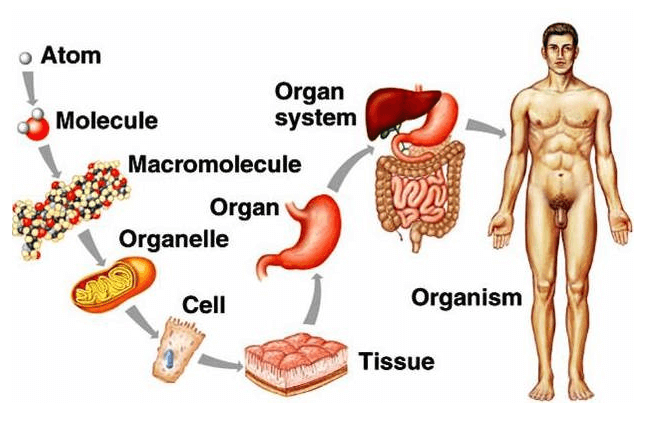
Correct Answer is B
Explanation
The layer of skin that lacks blood vessels is the epidermis. The epidermis is the thin outer layer of the skin and does not have any blood vessels within it. It is composed of keratinized, stratified squamous epithelium and is made of four or five layers of epithelial cells, depending on its location in the body.
The other options are not correct because they do contain blood vessels. The papillary layer is part of the dermis, which contains blood vessels. The reticular layer is also part of the dermis and contains blood vessels . The hypodermis is a layer below the dermis and also contains blood vessels.
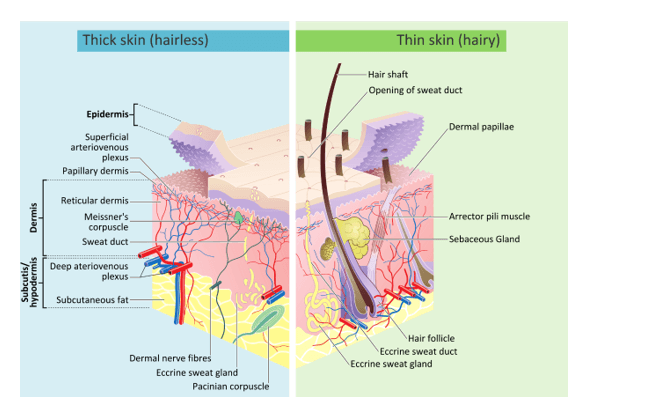
This question was extracted from the actual TEAS Exam. Ace your TEAS exam with the actual TEAS 7 questions, Start your journey with us today
Visit Naxlex, the Most Trusted TEAS TEST Platform With Guaranteed Pass of 90%.
Money back guarantee if you use our service and fail the actual exam. Option of personalised live tutor on your area of weakness.
